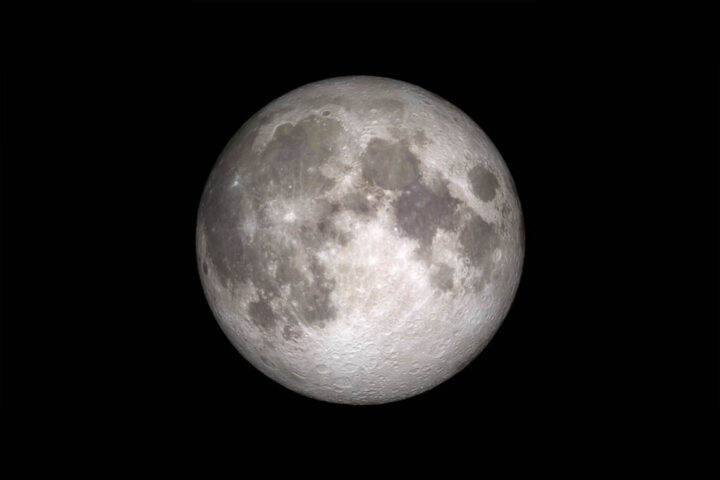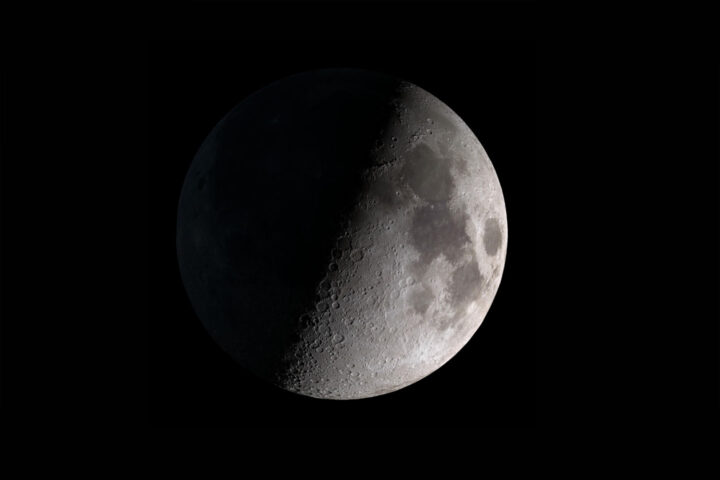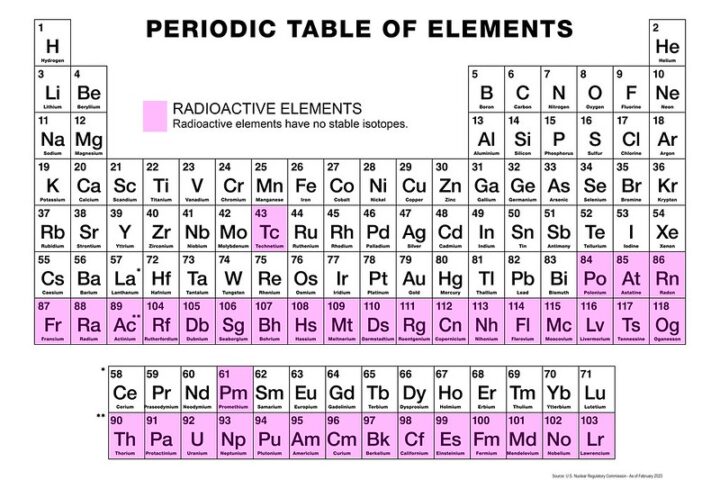Source: Wikipedia_By EHT collaboration (acknowledgment Lia Medeiros, xkcd) – httpswww.eso.orgpublicimageseso2208-eht-mwe, CC BY 4.0
Introduction
Lurking at the center of our Milky Way galaxy is a cosmic giant—the behemoth that, with epic strangeness, could gulp down our whole solar system without a belch. Such is Sagittarius A*: a supermassive black hole cryptically massive by many millions of times over the mass of our Sun. Yet it retains an unnervingly quiet aspect compared to other black holes in the universe, despite its potential peril. This article has explored the depths of the cosmic mystery at hand: from its nature and its impact on the galaxy to the intriguing areas of new research that have bequeathed to humanity its secrets.
Unveiling a Cosmic Giant
For decades, the assumption of a supermassive black hole at the center of our galaxy reigned, though it was not until direct proof reared its finally head in the late twentieth century. As astronomers peered closer, they saw stars orbiting an unseen, incredibly massive object at the galaxy’s center. These traveling stars were in elliptical orbits, traveling at extremely high speeds, and therefore the object had to show immense gravitational attraction. It was later named the Sagittarius A*, or for short, Sgr A*.
Now the name “Sagittarius A*” is sort of lengthy. It refers to the location in the constellation Sagittarius; it is a particularly bright radio source. The asterisk denotes its supposed unique status as a powerful and intriguing object.
The Nature of a Black Hole
The nature of Sagittarius A* can be fully appreciated when one knows what a black hole is really. The easiest explanation for a black hole is that it is a region in spacetime where the gravitational pull is so strong that nothing, not even light, can get out of it. A black hole is created when a very large star reaches the end of its life and collapses. The collapse creates a singularity, a point of infinite density and zero volume.
Black holes are often described in terms of their event horizon, the boundary beyond which nothing, including light, can escape. Any object crossing the event horizon is irretrievably lost to the universe. The size of the event horizon depends on the mass of the black hole. For Sagittarius A*, it’s about the size of the orbit of Mercury.
Sagittarius A*: A Gentle Giant
While black holes have mostly been compared to voraciously feasting monsters in the cosmos, Sagittarius A* is rather mute. It is classified as a dormant black hole, which does not feed much on the matter lying around it. That is totally in contrast to the active ones, which consume a truly huge amount of gas and dust then re-process them to generate colossal energies.
What makes Sagittarius A* so sedate is not really understood. One possibility is that the surrounding environment simply doesn’t have enough material in it to regularly feed the black hole. Another theory holds that strong jets of particles fired off by the black hole are clearing out the surroundings of material that might otherwise be falling in.
Understanding the Unseen
By definition, a black hole is a body from which no light can escape. Though, astronomers can study the influence that a black hole has on its surroundings. For example, astronomers have been able to infer the mass, size, and other properties of Sagittarius A* by observing the motion of nearby stars and gas.
Over the past several years, revolutionary advances in technology have given astronomers the ability to capture unprecedented images of the galactic center. A network of radio telescopes working together as a single virtual telescope, the Event Horizon Telescope (EHT), has been able to return the first-ever picture of a black hole—providing strong, long-sought evidence for the existence of these mysterious objects.
The Impact of Sagittarius A*
Sagittarius A* is influential in the history of evolution of the Milky Way galaxy. This is due to its enormously strong gravitational force, which contains the galaxy’s structure and influences the orbits of stars and gas clouds that go on to form new stars and planets. In addition, the black hole’s energy may influence the formation process of new stars and planets.
Although dormant now, there remains the possibility that Sagittarius A* could revive in the future. In such an active phase, the black hole will emit jets —intense streams of particles and radiation that conceivably could have adverse consequences for life on Earth Should, as many suppose, is not very likely.”
Sagittarius A*: A Cosmic Mystery Grows
Although it may be in a relatively quiescent state now, Sagittarius A* has shown to be much more active in its past and may yet do so in its future. More prosaically, explanation of this cosmic monster depends on the relatively simple idea of an accretion disk. Basic physics would suggest that as material—be it gas or dust, for example—is drawn toward the black hole under the effect of its hugely strong gravitational pull, it will essentially form a huge eddy disk around that black hole. The friction in the disk heats the material to red-hot temperatures, and this material duly glows with visible light and X-rays.
Active Galactic Nuclei (AGN) are extremely luminous due to accretion disks in galaxies hosting supermassive black holes at their center. These black holes are actively feeding, and the energy liberated drives jets of high-energy particles, which can stretch over millions of light-years. Sagittarius A* was likely much more active in the past and could become active again in the future if it manages to feed on enough of the surrounding material.
The Environment of the Black Hole: An Ecosystem System with Complicated Interactions
The environment surrounding Sagittarius A* is an interaction of complex forces. The black hole does influence around it, but at the same time, the surroundings influence the black hole. It has an enormous array of stars, gas clouds, and magnetic fields interacting with the black hole to create a dynamic, changing ecosystem.
One of the more interesting properties of this environment is the existence of a cluster of high-mass stars known as S-stars. This group includes those stars orbiting very close to the black hole, thus giving astronomers one of the best test beds for extreme gravitational effects. With precise measurements of the orbits of the stars, scientists can make an even closer estimate of the mass of Sagittarius A* and test the general theory of relativity.
Peering into the Abyss: Future Research
Considerable advance in understanding of Sagittarius A* has taken place, now there are quite a number of questions that still remain unanswered. Next research will be aimed at developing what we already know about the mass, spin, and accretion rate of the black hole. At the same time, it will continue to study the stars and gas motion in the region of the black hole, exploring why or how the black hole formed may be detected.
Leading the field in black hole imaging is the Event Horizon Telescope; future upgrades will better enhance resolution. It offers astronomers the chance to dive far more deeply into the structure of the event horizon and to test—within the most extreme gravitational environment known—predictions for general relativity.
Developments such as novel telescopes and instruments will open this field up even further, with space-based observatories and gravitational wave detectors coming online to pick apart the nature of black holes and their place among the stars.
Discussion of Sagittarius A* is not just an intellectual exercise; it has profound implications for the understanding of the universe at large. First of all, black holes are the basic ingredients of formation and evolution. Second, they are the regulators of the rate of star formation and the distribution of matter throughout the cosmos.
Moreover, the extreme conditions around supermassive black holes offer a unique laboratory for testing the laws of physics. Scientists aim to bring light to the nature of gravity, quantum mechanics, and the building blocks of our universe with the study of black holes.
Sagittarius A* is one of the biggest enigmas the cosmos is still confronted with and hence intrigues both the scientific and the common imagination. Our increased knowledge of such a mysterious object refines our perception of the universe and ourselves as inhabitants of that universe.
Sources:
- https://en.wikipedia.org/wiki/Sagittarius_A*#:~:text=Sagittarius%20A*%2C%20abbreviated%20as%20Sgr,Center%20of%20the%20Milky%20Way.
- https://www.space.com/sagittarius-a
- https://www.nasa.gov/image-article/supermassive-black-hole-sagittarius/
- https://eventhorizontelescope.org/blog/astronomers-reveal-first-image-black-hole-heart-our-galaxy

















